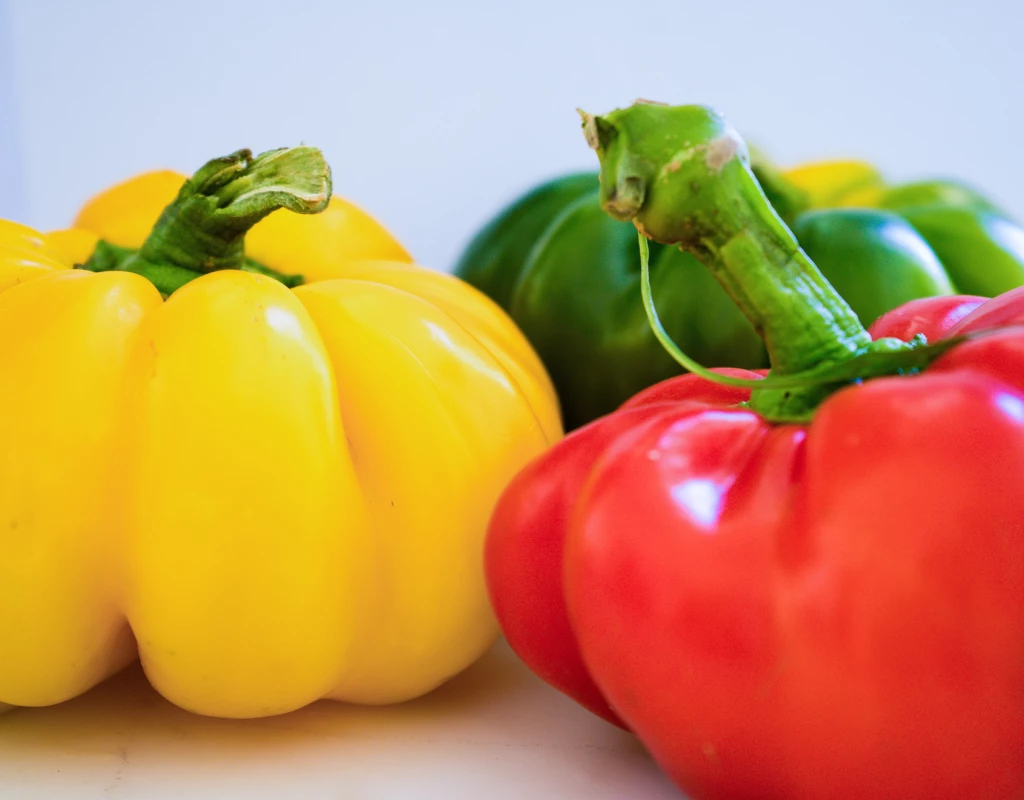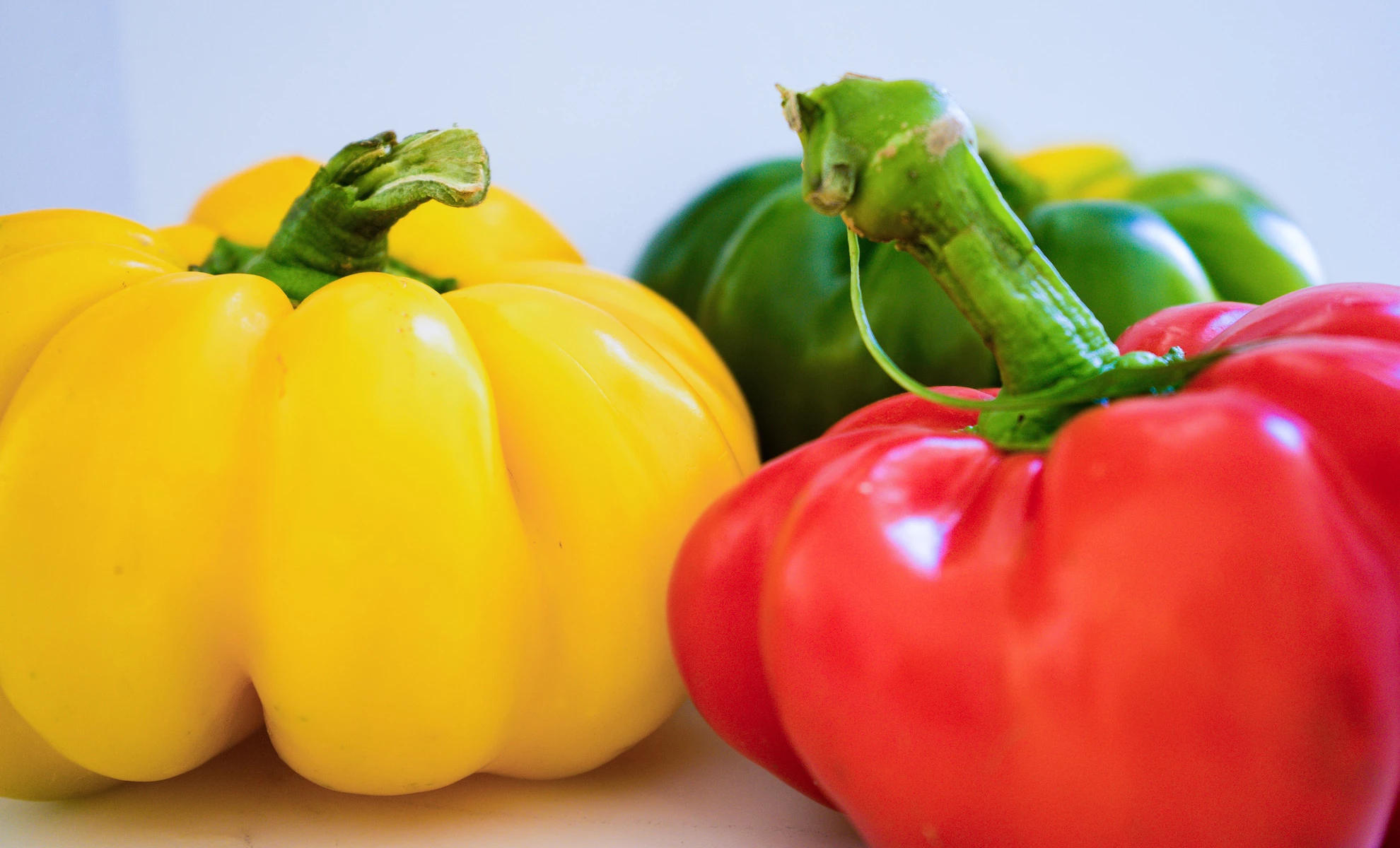It happens that the name of a gastronomic product can identify a place. This is the case of Afragola, in the province of Naples, which is famous for the ancient cultivation of strawberries in the surrounding countryside; or Campodimele, in the province of Latina, whose Latin name - Campus Mellis - evokes the abundant production of honey that the ancient Romans practiced in the area.
Ph. Enrico Nocera - Trentaremi
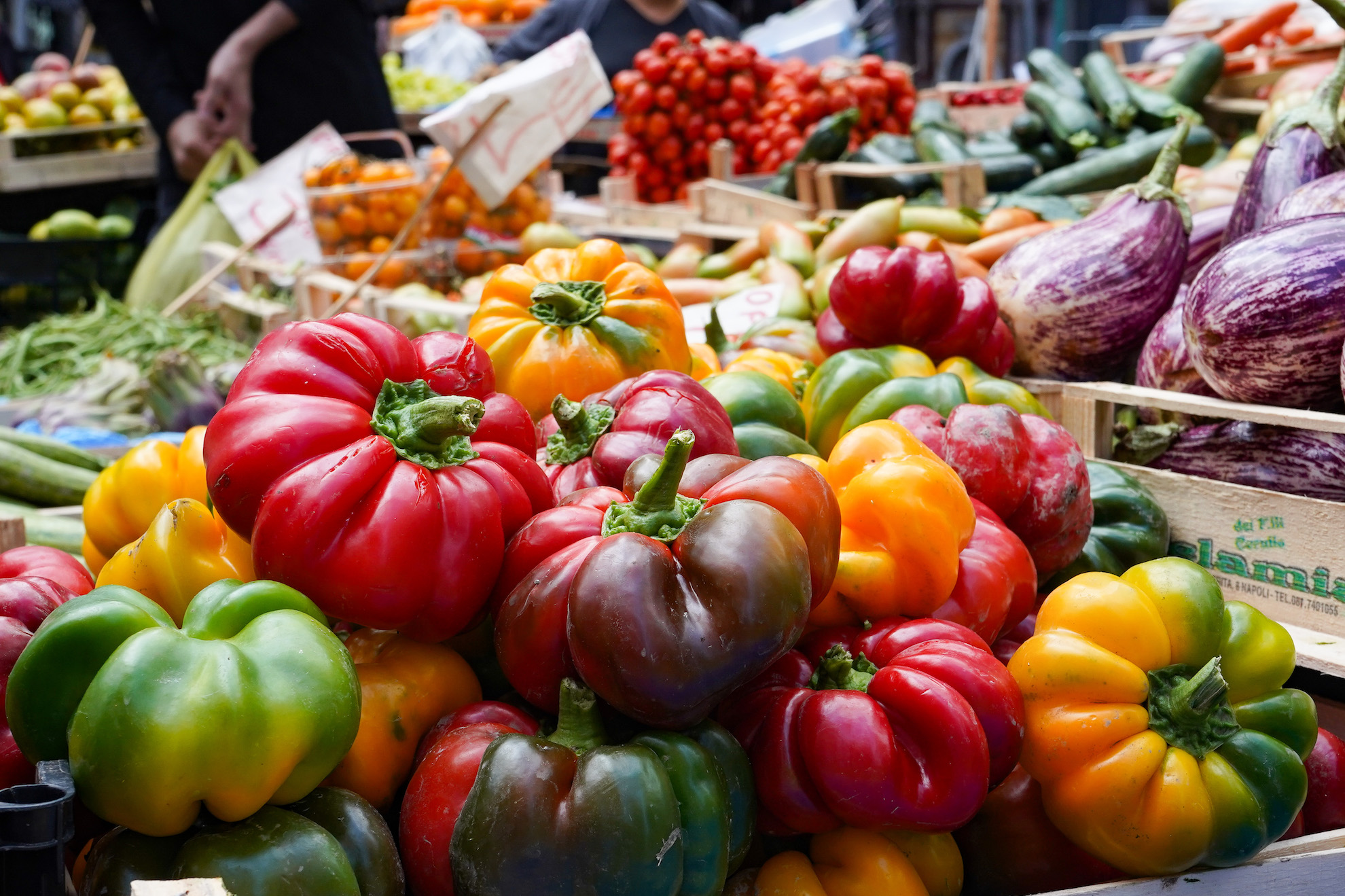
It is more rare for a food to designate a surname. This is the case of the Neapolitan “papaccella” and the Nolano-Acerrano countryside, in the province of Naples, where many people today are still called Papaccio. The cultivation of this vegetable was so widespread in this area that the farmers even took its name.
It was mainly located close to the farms where wine vinegar was produced, which was necessary precisely for the conservation of the papaccelle themselves. Papaccella is still consumed in vinegar today, especially in autumn and winter, immediately after the end of the harvest period (from July to the end of October).
Ph. Enrico Nocera - Trentaremi
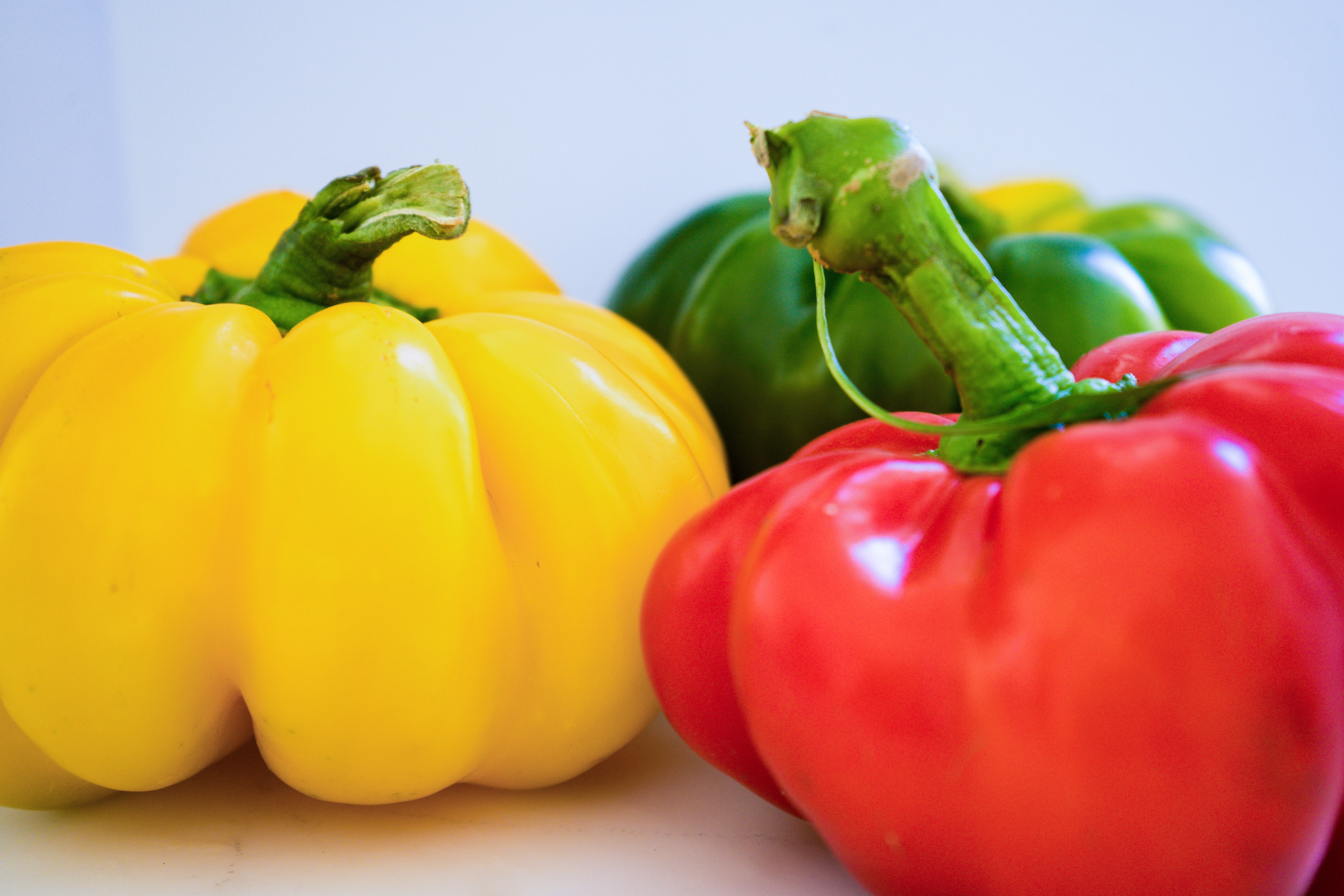
But what shape does a papaccella have? It is a vegetable with small berries, a pressed shape and a fleshy texture. The papaccella is in fact a “curly” pepper, so called because it looks like a ribbed tomato, of those of the variety of the Sorrentine Peninsula, small and colorful: from green to yellow to bright red.
The peculiarity that distinguishes it from the classic pepper, apart from the curly shape, is the particularly sweet taste and very intense aromas, with fresh and herbaceous notes. The dimensions may vary, but the one generally recognized as “genuine” by tradition is the small one, which can reach a maximum of 8-10 centimeters in diameter.
Ph. Enrico Nocera - Trentaremi
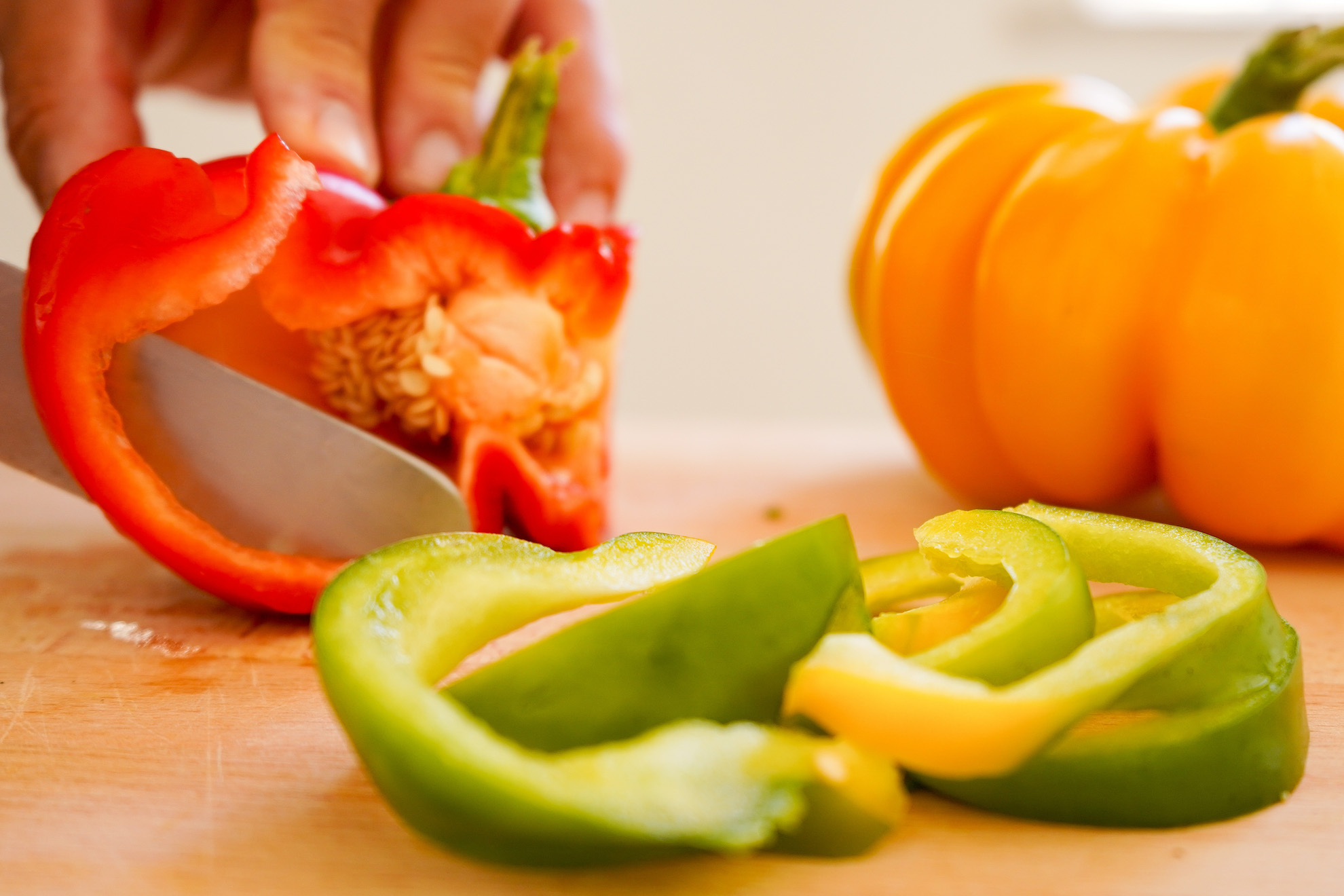
Papaccella is generally consumed in vinegar or in oil. However, there are many ways to enhance the organoleptic characteristics: cooking them in a pan, or in the oven, stuffed with tuna or salted anchovies, olives, raisins, pine nuts and stale bread crumbs or seasoned with extra virgin olive oil, cherry tomatoes of the “piennolo” type (typical of Campania) and capers.
A journey through the flavors and smells of Campania Felix and its luxuriant and fertile lands. The last honorable mention is for what the Neapolitans call “reinforcement salad”, which we generally find on Christmas tables, where the papaccella represents the undisputed queen among the ingredients.
After a period of oblivion, the pappaccella is now back on many tables in Campania. So much so that Slow Food has decided to include it among traditional foods, to be safeguarded and enhanced.
